Country Population 233,705 (2012) Area 135.01 km2 District Urban district | ||
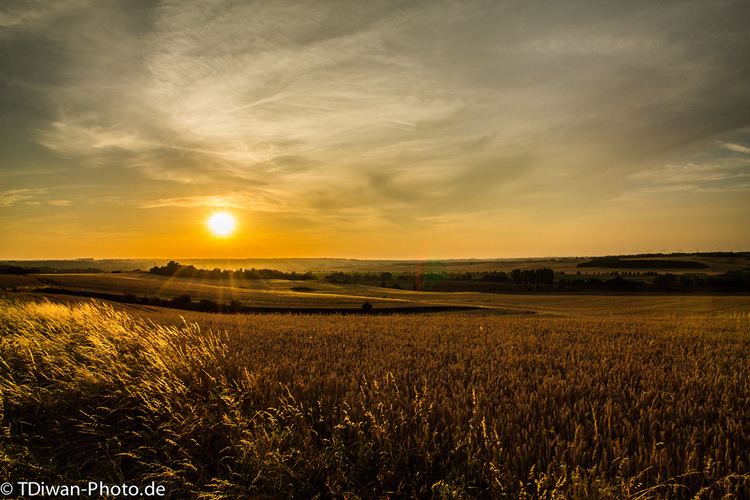 | ||
Points of interest Marktkirche Unser Lieben Frauen, Halle State Museum of Prehistory, Saale, Giebichenstein Castle, Halle Opera House | ||
Map of Halle (Saale)
Halle (Saale) (German: Halle (Saale), [ˈhalə ˈzaːlə]) is a city in the southern part of the German state Saxony-Anhalt.
Contents
- Map of Halle Saale
- Places to see in halle saale germany
- Halle an der saale city attraction 1
- Geography
- Name
- Middle Ages until industrialisation
- World War II 19391945
- German Democratic Republic 19491990
- Since German Unity after 1990
- Sights
- Industrial heritage
- Science and culture
- Transport history
- Sports
- A K
- L Z
- International relations
- References
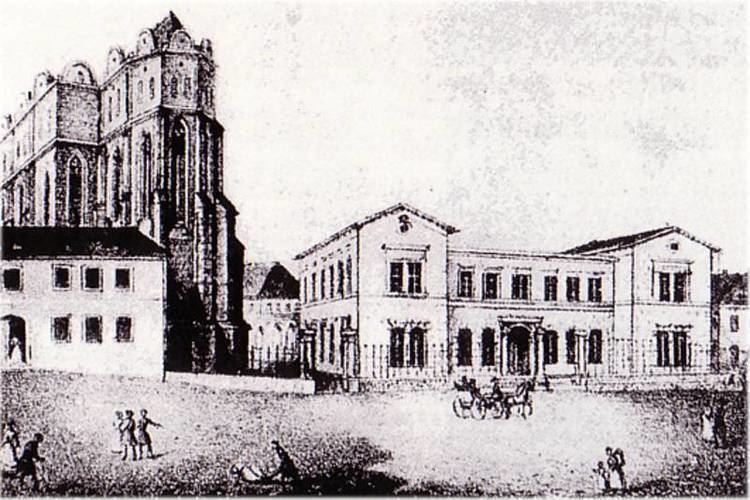
Halle is an economic and educational center in central-eastern Germany. The University of Halle-Wittenberg is the largest university in Saxony-Anhalt and one of the oldest universities in Germany, and a nurturing ground for the local startup ecosystem. Together with Leipzig, Halle is at the heart of the Central German Metropolitan Region.
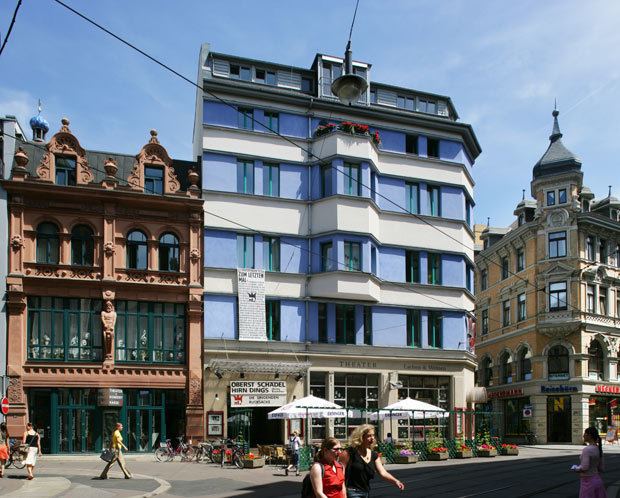
Places to see in halle saale germany
Halle an der saale city attraction 1
Geography
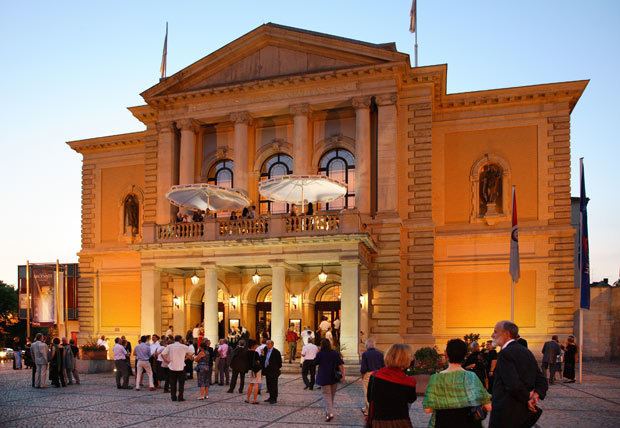
Halle (Saale) is in the southern part of Saxony-Anhalt, along the river Saale which drains the surrounding plains and the greater part of the neighbouring Free State of Thuringia just to its south, and the Thuringian basin, northwards from the Thuringian Forest. Leipzig, one of eastern Germany's other major cities, is only 35 kilometres (22 mi) away.
Name
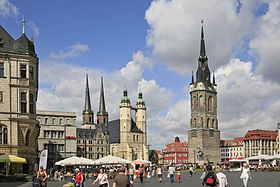
Halle's early history is connected with harvesting of salt. The name Halle reflects early Celtic settlement given that halen is the Brythonic (Welsh/Breton) word for salt (cf. salann in Irish). The name of the river Saale also contains the Germanic root for salt, and salt-harvesting has taken place in Halle at least since the Bronze Age (2300–600 BC).
The Latin name Hala Saxonum was also used.
Middle Ages until industrialisation
The earliest documented mention of Halle dates from AD 806. It became a part of the Archbishopric of Magdeburg in the 10th century and remained so until 1680, when Brandenburg-Prussia annexed it together with Magdeburg as the Duchy of Magdeburg, while it was an important location for Martin Luther's Reformation in the 16th century. Cardinal Albert of Mainz (Archbishop of Magdeburg from 1513 to 1545) also impacted on the town in this period. According to historic documents, the city of Halle became a member of the Hanseatic League at least as early as 1281.
Halle became a center for Pietism, a movement encouraged by King Frederick William I of Prussia (reigned 1713-1740) because it caused the area's large Lutheran population to be more inclined to Fredrick William I's religion (Calvinism), as well as more loyal to the Prussian king instead of to the decentralized feudal system. By the 1740s Halle had established many orphanages as well as schools for the wealthy in the sober style Pietism encouraged. This Halle education was the first time the "modern education" system was established. The Halle Pietists also combated poverty.
During the War of the Fourth Coalition, French and Prussian forces clashed in the Battle of Halle on 17 October 1806. The fighting moved from the covered bridges on the city's west side, through the streets and market place, to the eastern suburbs.
In 1815 Halle became part of the Prussian Province of Saxony.
World War II (1939–1945)
During World War II, KZ-Außenlager Birkhahn, a subcamp of Buchenwald was in Halle, where prisoners from Poland, Czechoslovakia, the Soviet Union, France, Netherlands and other nations were forced to work in the Siebel aircraft plants, making combat aircraft. The plant was later dismantled. In Ammendorf, a large factory owned by Orgacid produced mustard gas.
Near the end of World War II, there were two bombing raids carried out against the town: the first on 31 March 1945, the second a few days later. The first attack took place between the railway station and the city's centre, and the second bombing was in the southern district. It killed over 1,000 inhabitants and destroyed 3,600 buildings. Among them, the Market Church, St. George Church, the Old Town Hall, the City Theatre, historic buildings on Bruederstrasse and on Grosse Steinstrasse, and the city cemetery.
On 17 April 1945, American soldiers occupied Halle, and the red tower was set on fire by artillery and destroyed. The Market Church and the Church of St. George received more hits. However, the city was spared further damage because an aerial bombardment was canceled, after former naval officer Felix von Luckner negotiated the city's surrender to the American army. In July, the Americans withdrew and the city was occupied by the Red Army.
German Democratic Republic (1949–1990)
After World War II, Halle served as the capital of the short-lived administrative region of Saxony-Anhalt until 1952, when the East German government abolished its "Länder" (states). As a part of East Germany (until 1990), it functioned as the capital of the administrative district (Bezirk) of Halle.
Since German Unity (after 1990)
When Saxony-Anhalt was re-established as a Bundesland in 1990, Magdeburg, not Halle, became the capital.
Sights
Industrial heritage
Salt, also known as white gold, was extracted from four "Borns" (well-like structures). The four Borns/brine named Gutjahrbrunnen, Meteritzbrunnen, Deutscher Born and Hackeborn, were located around the Hallmarket (or "Under Market"), now a market square with a fountain, just across from the TV station, MDR. The brine was highly concentrated and boiled in Koten, simple structured houses made from reed and clay. Salters, who wore a unique uniform with eighteen silver buttons, were known as Halloren, and this name was later used for the chocolates in the shape of these buttons.
The Halloren-Werke, the oldest chocolate factory in Germany, was founded in 1804. Old documents are on display and a chocolate room can be visited.
Within East Germany, Halle's chemical industry, now mainly shut down, was of great importance. The two main companies in the region were Buna-Werke and Leuna, and Halle-Neustadt was built in the 1960s to accommodate the employees of these two factories.
Science and culture
Baroque composer Georg Friedrich Händel (later George Frideric Handel) was born in Halle in 1685 and spent the first 17 years of his life in the city. The house where he lived is now a museum about his life. To celebrate his music, Halle has staged a Handel Festival since 1922, annually in June since 1952. The Franckesche Stiftungen (Francke Foundations) are home to the Stadtsingechor zu Halle, which was founded before the year 1116 and is one of the oldest boys' choirs in the world.
The University of Halle was founded here in 1694. It is now combined with the University of Wittenberg and called the Martin Luther University of Halle-Wittenberg. The university's medical school was established by Friedrich Hoffmann. Its botanical garden, the Botanische Garten der Martin-Luther-Universität Halle-Wittenberg, dates back to 1698. Halle's German Academy of Sciences Leopoldina is the oldest and one of the most respected scientific societies in Germany. Halle is also home to Germany's oldest Evangelical Bible college, known as the Marienbibliothek, with 27,000 titles. The seat of the Max Planck Institute for Social Anthropology, one of the world's largest social anthropological research institutions and a part of the Max Planck Society, is in Halle.
Halle was a centre of German Pietism and played an important role in establishing the Lutheran church in North America, when Henry Muhlenberg and others were sent as missionaries to Pennsylvania in the mid-18th century. Muhlenberg is now called the first Patriarch of the Lutheran Church in America. He and his son, Frederick Muhlenberg, who was the first Speaker of the United States House of Representatives, were graduates of Halle University.
The Silver Treasure of the Halloren is displayed occasionally at the Technical Museum Saline. It is a unique collection of silver and gold goblets dating back to 1266. The ancient craft of "Schausieden" (boiling of the brine) can be observed there too. The State Museum of Prehistory houses the Nebra sky disk, a significant (though unproven) Bronze-Age find with astrological significance.
Halle Zoo contributes to the EAZA breeding programme, in particular for the Angolan lion and the Malaysian tiger. Halle is also known for its thriving coypu (or nutria) population, which is native to South America.
With writers such as Heine, Eichendorff, Schleiermacher, Tieck and Novalis the town was a vibrant scene of the German Romanticism. Also Johann Wolfgang von Goethe was a regular guest at the house of his close friend Johann Friedrich Reichardt.
German-American expressionist painter Lyonel Feininger worked in Halle on an invitation by the city from 1929 to 1931. As one of eleven views of the city termed Halle Cycle, he painted in 1931 Die Türme über der Stadt (The towers above the city), which is now in the Museum Ludwig in Cologne. This painting appeared on a 55 eurocent stamp on 5 December 2002 as a part of the series “Deutsche Malerei des 20. Jahrhunderts” (German painting of the 20th century).
Transport history
Ludwig Wucherer made Halle an important rail hub in central Germany. In 1840 he opened the Magdeburg-Halle-Leipzig line, completing a connection between Magdeburg and Dresden. In 1841–1860, other lines to Erfurt, Kassel and Berlin followed.
The centrepiece of Halle's urban public transport system is the Halle (Saale) tramway network. It includes the world's first major electric-powered inner-city tram line, which was opened in 1891. Halle (Saale) Hauptbahnhof is the main railway station.
Halle's prominence as a railway centre is set to continue growing with the arrival of the Erfurt-Leipzig/Halle high-speed railway. Leipzig will also be connected to this railway, but since it is a terminus station (though the Leipzig City Tunnel is currently under construction, the route will be shared with S-Bahn trains, making it unlikely that it will be used as a through station for Berlin-Munich trains), Halle is more likely to be used as an intermediate stop for Berlin-Munich trains. The completion of the Nuremberg–Erfurt high-speed railway will also provide a further impetus to use the route.
Sports
The football team Hallescher FC Wacker 1900 had some regional importance before World War II. In the German Championship Wacker reached the semi-finals in 1921, and the quarter-finals in 1928. The successor team became East German champions in 1949 and 1952 under the names of ZSG Union and BSG Turbine Halle. From these evolved today's Turbine Halle and Hallescher FC. In the era of the German Democratic Republic, the latter club (as Chemie Halle ) was a mainstay in the first division and won the Cup tournament in 1956 and 1962. The most prominent player was 72-times international Bernd Bransch, who was with Chemie in the 1960s and 1970s. These days, Hallescher FC usually plays in the third division.
The general sports club SV Halle, originating from Chemie Halle, created a notable number of Olympic gold medallists and world champions, mainly in nautical and watersports, e.g., swimmer Kornelia Ender won four Olympic gold medals in 1976 and Andreas Hajek won four rowing world championships between 1998 and 2001. The basketball team of the club - these days known as Lions and focusing on the woman's team which plays in the national first division - won five men's and 10 women's championships of the German Democratic Republic. The Hallesher FC's location is extremely close to a tram station.
A-K
L-Z
International relations
Halle is twinned with:
Furthermore, Halle has friendship agreements with:
